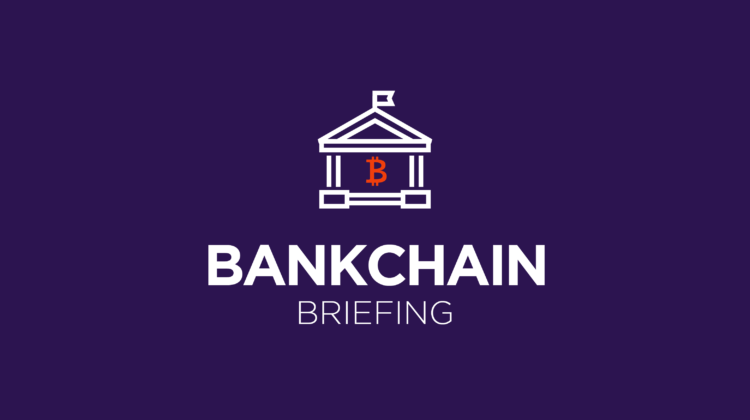Blockchain and Crypto, Member Exclusive
Bankchain Briefing: What can we learn from the Celsius withdrawal freeze?
- This week, we try to make sense of the Celsius withdrawal freeze and discuss its implications for investors and the wider industry.
- We also hear from Zero Hash co-founder Edward Woodford on the convergence of DeFi and TradFi.








